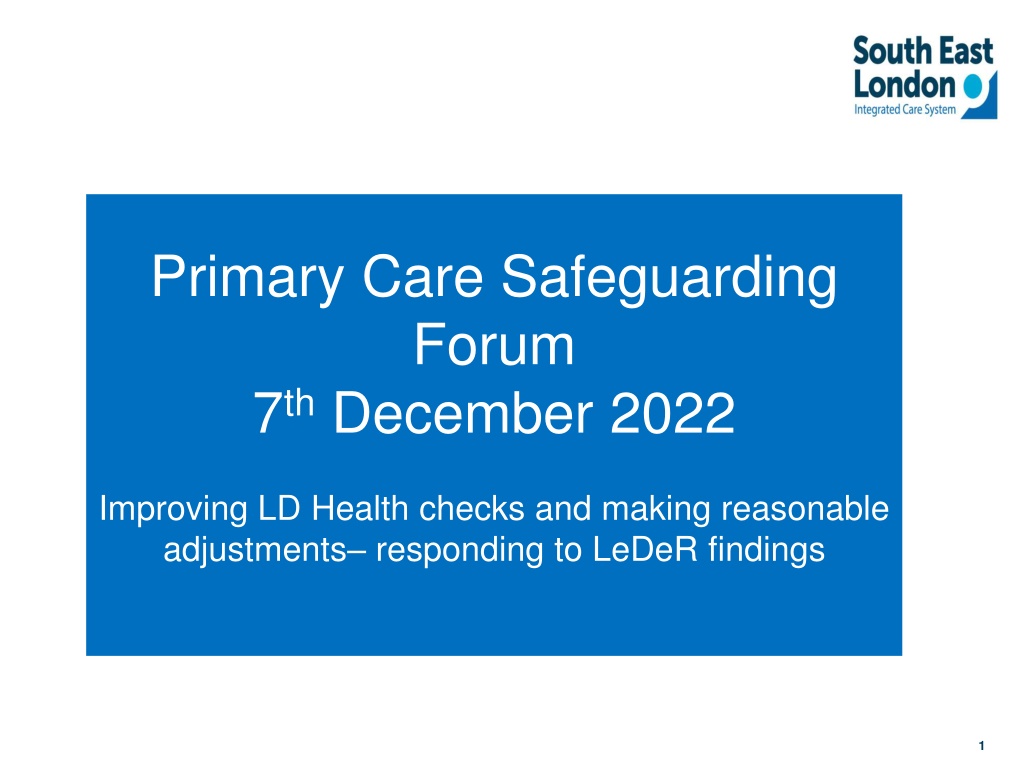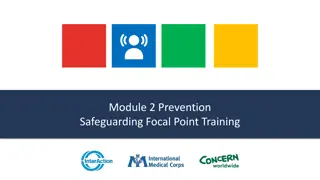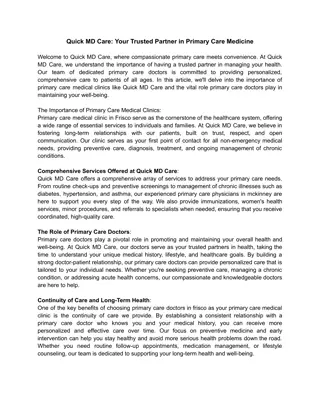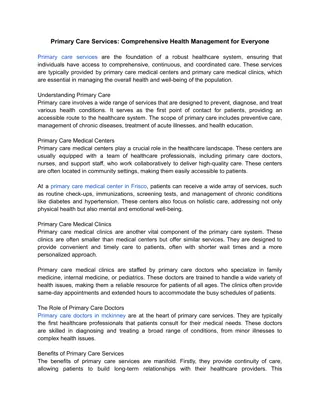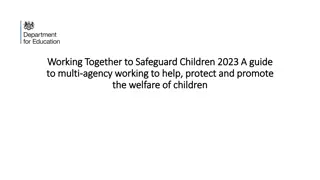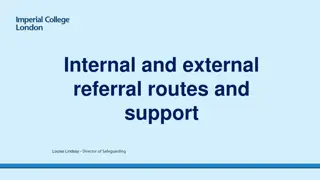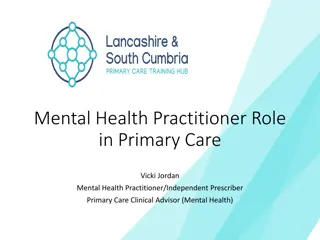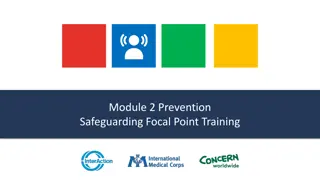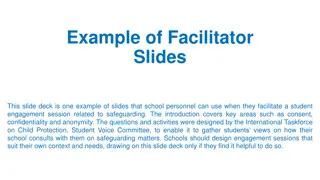Primary Care Safeguarding Forum
This forum on the 7th of December, 2022 aims to enhance the process of health checks for individuals with learning disabilities and implement necessary accommodations based on the findings of the LeDeR report. Attendees will learn about strategies to improve access to healthcare services and ensure the well-being of individuals with learning disabilities.
Download Presentation

Please find below an Image/Link to download the presentation.
The content on the website is provided AS IS for your information and personal use only. It may not be sold, licensed, or shared on other websites without obtaining consent from the author.If you encounter any issues during the download, it is possible that the publisher has removed the file from their server.
You are allowed to download the files provided on this website for personal or commercial use, subject to the condition that they are used lawfully. All files are the property of their respective owners.
The content on the website is provided AS IS for your information and personal use only. It may not be sold, licensed, or shared on other websites without obtaining consent from the author.
E N D
Presentation Transcript
Primary Care Safeguarding Forum 7th December 2022 Improving LD Health checks and making reasonable adjustments responding to LeDeR findings 1
s Lived Experience of people with LD Animation around the challenges of people with learning disabilities in primary care YouTube 2
s Guidance on LD Annual Health Checks Annual-Health-Check-Toolkit-V11- 003.pdf (selondonccg.nhs.uk) 3
sHelping patients prepare for their annual health check Send an easy-read letter explaining what to expect (with pictures to help understanding) example on SEL Annual Health Check Toolkit Consider sending a picture of the waiting room in the invite letter 4
sHelping patients prepare for their annual health check Ask them to bring their hospital or health passport if they have one, so that this can help guide methods of communication and specific needs can be adjusted for going forward ask if the practice can take a copy to help guide future consultations Make sure any reasonable adjustments needed are flagged as an alert on EMIS for future appointments 5
sHelping patients prepare for their annual health check Offer an appointment at less busy times Offer an alternative quiet waiting area if one is available Use an extended appointment time or offer to do the AHC over several appointments Consider offering the AHC in a different setting eg the person s home Offer AHC with a nurse and/or GP of the patient s choice 6
s Improving quality of LD Health Check RCGP guidance: The health check is ideally split into two half an hour appointments, which are sequentially arranged with the practice nurse and then the patient s usual GP. we recommend the nurse carries out the check of the weight, height, urine analysis and completes the checklist up to the physical examination and then passes the person over to the GP The GP then reviews the symptoms, performs the physical examination, reviews the medication and completes a written health action plan. NB: Some patients with learning disabilities may find dealing with two different professionals creates more anxiety, so a flexible approach is recommended depending on the needs of the patient. 7
s Conducting the consultation Collect patients and their carers from the waiting room which is more welcoming than the automated calling systems Ask the patient if they are happy for their carer/helper to be in the consultation with them, and try to incorporate a section when you can see the patient on their own if appropriate. (ie does that person have capacity to have conversations with you about eg the way they are feeling emotionally, and whether they feel happy or safe at home) Always address the individual, but with the individual s permission it can be helpful to invite the carer/supporter to be involved in discussions as well around certain issues where the person may lack full capacity or need support. Wherever possible routinely ask about how the patient is feeling emotionally, and whether they are happy and safe at home, WHILE THE PATIENT IS ALONE Offer a separate carers appointment to discuss their own emotional wellbeing if registered at the practice (and make sure that they are coded as carers on the notes) 8
s MCA should be the golden thread (For those that you judge do not have capacity to make decisions about specific care and treatment themselves) Communicate can they communicate their decision? Understand can they understand the information you are giving them? Retain can they retain the information that is given to them? Balance can they balance or use the information? If you need to assess capacity to make management decisions, document your assessment, and involve family members, carers, and advocates who may be supporting the person. Always weigh up the clinical risks and consider the least restrictive option. Agree actions and communicate these clearly 9
